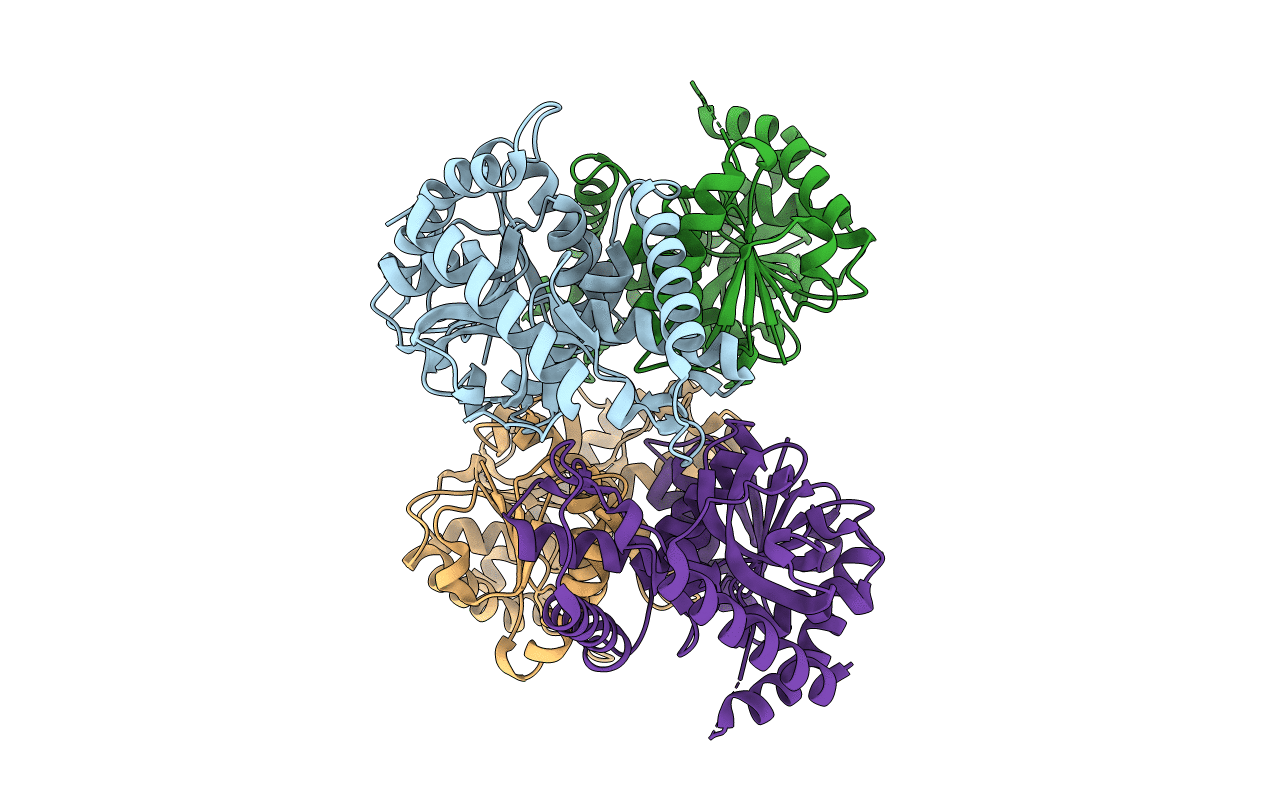
Deposition Date
2006-09-18
Release Date
2006-09-21
Last Version Date
2023-12-13
Entry Detail
PDB ID:
2J5K
Keywords:
Title:
2.0 A resolution structure of the wild type malate dehydrogenase from Haloarcula marismortui (radiation damage series)
Biological Source:
Source Organism:
HALOARCULA MARISMORTUI (Taxon ID: 2238)
Host Organism:
Method Details:
Experimental Method:
Resolution:
2.00 Å
R-Value Free:
0.27
R-Value Work:
0.22
R-Value Observed:
0.22
Space Group:
C 1 2 1


